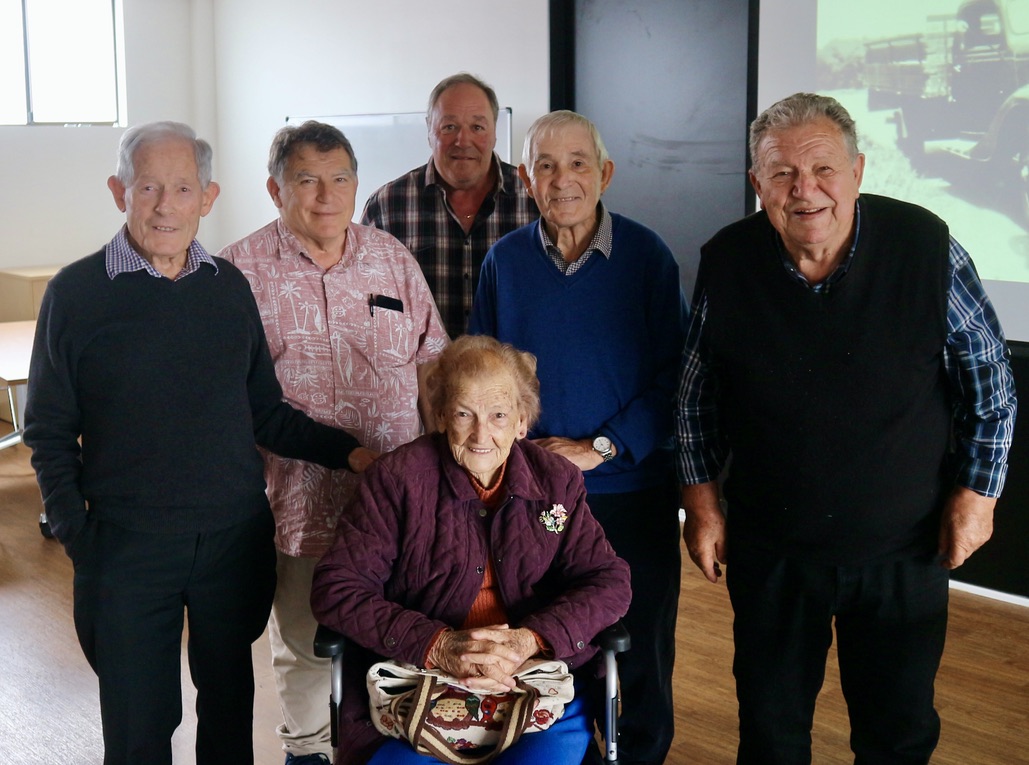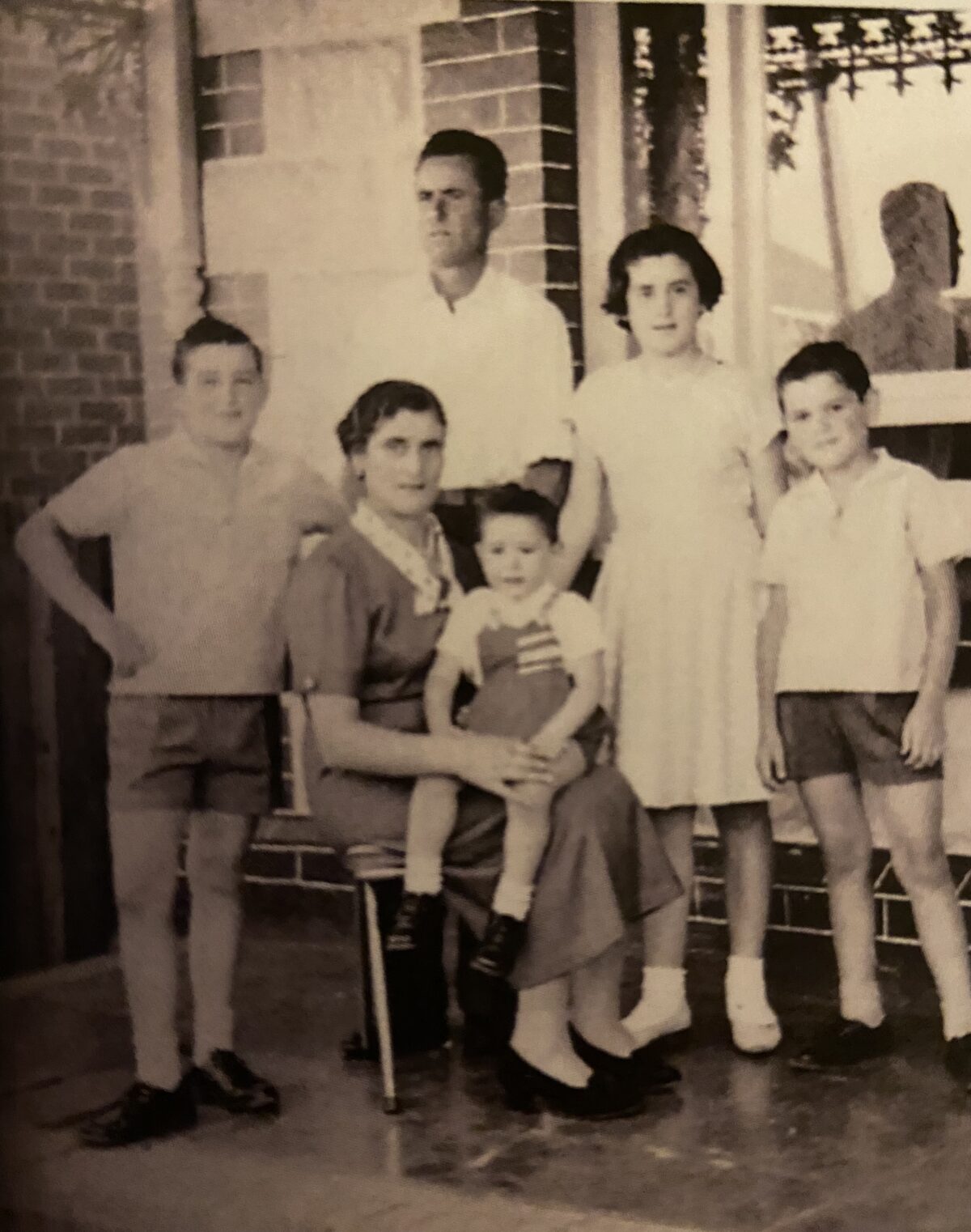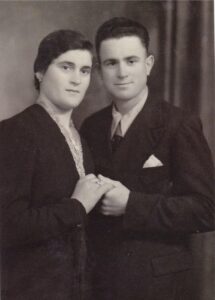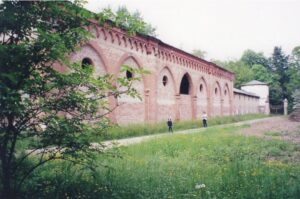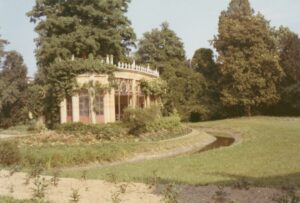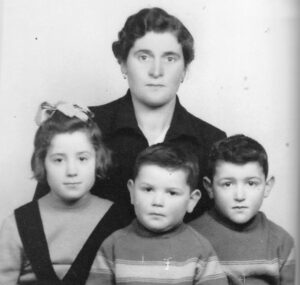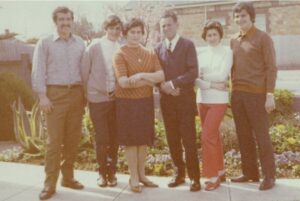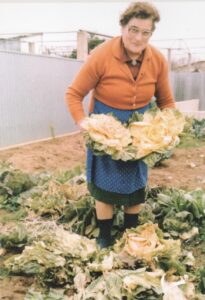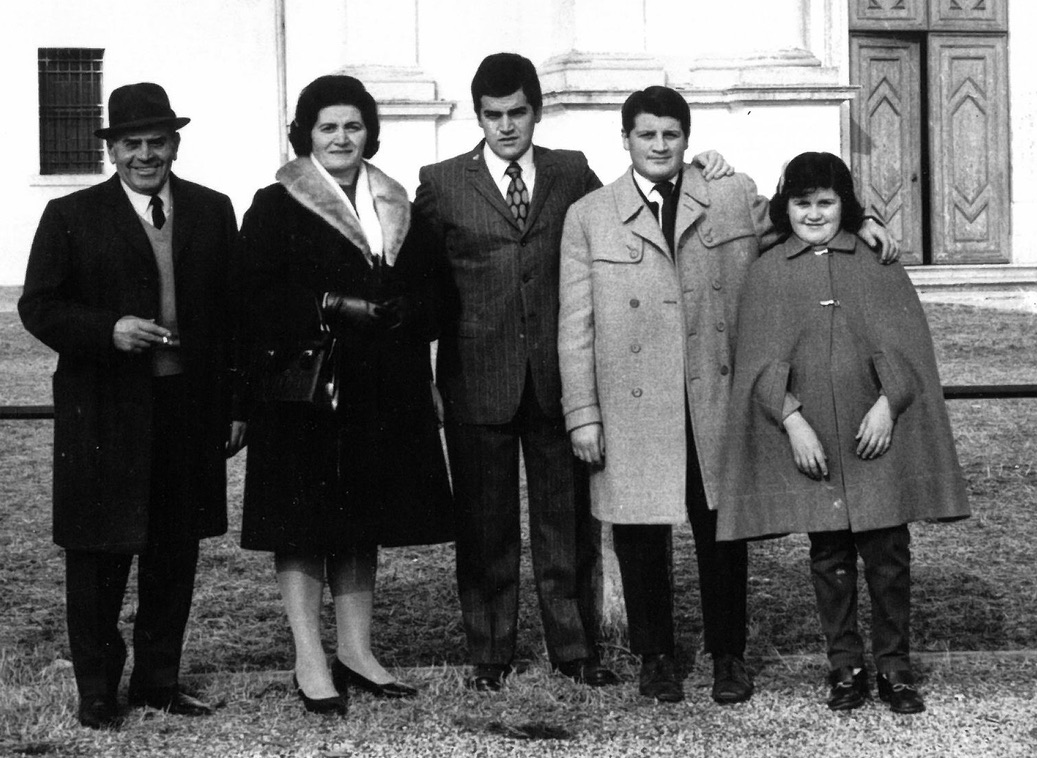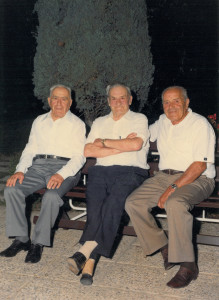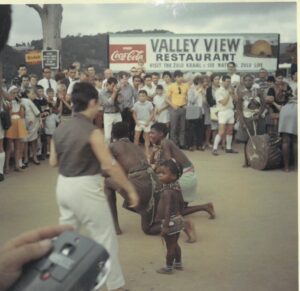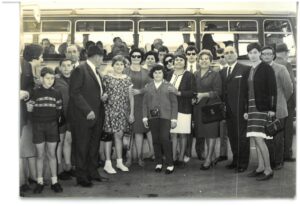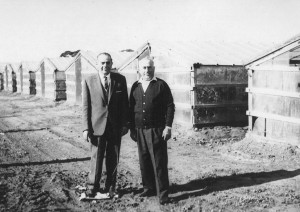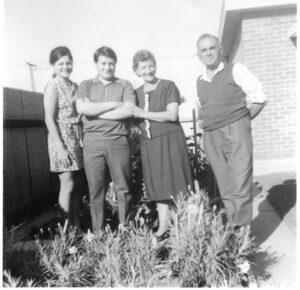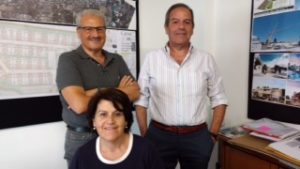Last month, on 22nd October, a group of Veneto market gardener families and friends gathered at the Mater Christi church hall once again to share stories and enjoy the opportunity to spend time together. The theme was the continuity of family connections to relatives in the Veneto region. We were fortunate that two guest speakers offered their experience of ongoing links and their appreciation of their family history of migration. A group of descendants of the first generation of market gardeners are featured in the photo above.
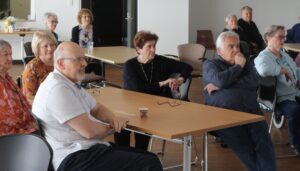
Amanda Rossetto and Raoul Pietrobon each spoke about their grandfathers who had made the long sea voyage from Italy to Port Adelaide in 1927. Both Gelindo Rossetto and Gildo Pietrobon were compelled to find work in the difficult economic and political years of the Depression which was beginning in Australia at that time. As you’ll read from the accounts of Amanda and Raoul, their grandfathers made different choices about their future in Australia. Amanda and Raoul’s connections with their families reflect their experience of the continuity of the history.
First, Amanda told us about her nonno, Gelindo Rossetto who travelled with three younger brothers to join another brother who had migrated in 1926.
Then Raoul spoke about the presence of his grandfather in Adelaide and how his experience influenced three of his children to migrate several decades later.
*********************************************************
Amanda Rossetto
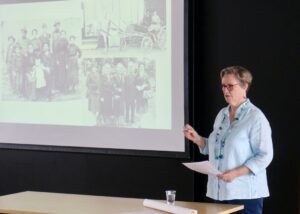
I am the eldest granddaughter of Gelindo Rossetto (one of the 1927 market gardeners) and wife, Adelina Bordin. They were married by proxy and she arrived in 1930. Nonna was born in Biadene, one of six children. Two went to France and three sisters came to live in Australian, marry and have families.
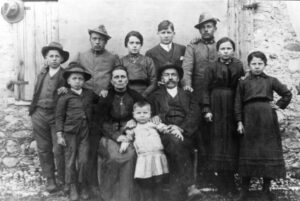
Nonno was the eldest of nine children born in Bigolino – eight migrated to Australia … Like others in the family, nonno left because of the political and economic circumstances…
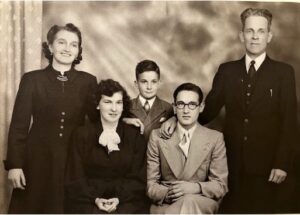
I stand here with immense pride as a 3rd generation Australian-Italian who feels very connected to my Veneto culture and heritage. I have my nonna to thank for that –– she taught me well about our history, love of family, food and culture. She encouraged my love of all things from our culture.
She always told me stories, taught me to speak our dialetto, (dialect) took me to visit all our parenti (relatives), took me to the Italian and Veneto clubs whenever she could.
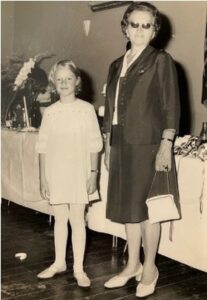
It was never hard, it was fun, and I took every opportunity to be with her, to go and visit all the Rossetto, Tormena, Rebuli and Bernardi families, to go to the parties and weddings, to visit the Frogmore Road families and her dear friends, the Marchioro’s. She would get me to always write a few lines at the bottom of her letters to our families back in the Veneto – in Bigolino, Biadene, Valdobiaddene, Montebelluna and Castelfranco.
In 1972 at the age of 12, I went overseas for the first time with my dad Aldo and met them all – we stayed in the house that has always been in the contadino (farmer) Rossetto family on Via Erizzo, Bigolino – the house where nonno and all his siblings were born and grew up…
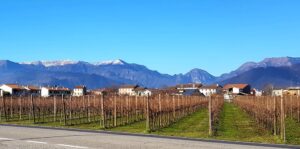
I have been over four more times since as an adult – in 2000, 2010, 2015, 2019… With technology changes, social media, the internet, Facebook and Instagram, I’m able to stay in touch with them easily – and we do… We probably communicate once a week in one way or another.
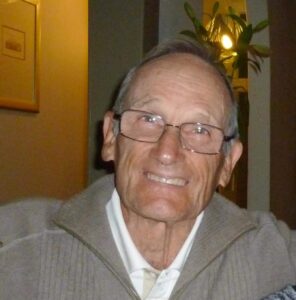
When Eleonora (Marchioro) interviewed my Dad the year before he died, he and I talked at length about the stories of his childhood and what it was like living in a blended culture – walking in two worlds. I feel incredibly lucky to be part of this and to keep the stories alive.
*************************************************************
Raoul Pietrobon

My grandfather, Gildo Pietrobon, came to work in Adelaide, South Australia in the years 1927 to 1930. Gildo was born in 1897, the sixth of eight children, in the village of Salvarosa, near the town of Castelfranco Veneto. Together with his brothers, he farmed land the family was leasing, which was typical of the contadini or farmers at the time. In 1926, Gildo decided to work overseas and earn money to assist in the purchase of land.
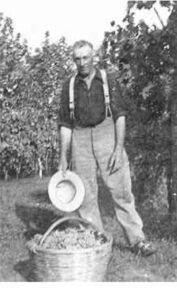
He was 29 years, married with two children. He was accompanied by his 17-year-old nephew, Erminio Guidolin, the son of his eldest sister. Both went to reside at 211 Franklin St, Adelaide on their arrival. This was a boarding house at the time run by Orazio Bonin.
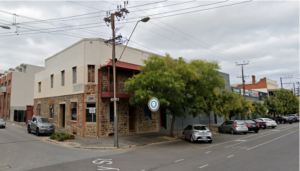
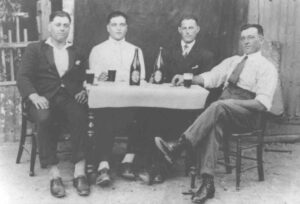
Both men must have enjoyed their time in Australia as Gildo had many stories to tell his children and friends in the village of Salvarosa which must have made an impact because three of Gildo’s children emigrated in the 1950’s to Australia.
I was always curious about how my grandfather would have traversed Adelaide. He worked in several places, including Port Adelaide. He had told stories of meeting Veneti at the Tower Hotel located on Magill Road and which is still there. And since reading ‘the Veneto Market Gardeners 1927’ blog pages, I wondered if he also went to the suburbs of Lockleys and Findon. Bicycle and bus routes seem obvious but were they the only ones?

I found an image in the State Library archives which gave me another answer. In the 1920’s Adelaide had a much larger network of trams than it does in the 2020’s. Trams went to Port Adelaide via the center of Port Road and they even went to the foothill along The Parade and Magill Road. [The slide is an image of Currie St in 1927 and shows on the name-board that the destination is Lockleys.]
*************************************************************
When one of the participants commented on the poverty that motivated migrants to leave the Veneto in the 1920s, Raoul reflected on the experience of his father’s situation in the 1940s. “Effectively three families [were] living under the same roof and the majority of them reliant on the farmland they were running. My father applied to migrate in 1952 and was successful.”
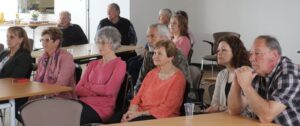
Migration causes fragmentation in families but today – even with the passage of time, it is possible to keep connections alive. The close links between families in Adelaide and the Veneto region create a transnational relationship that is so much easier to maintain now than it was for the first generation. It seems that many of the market gardener families want to preserve the links with relatives in the Veneto region.
Madeleine Regan
6 November 2022
